- No products in the cart.
Itrazol Wert caps. 100mg 14 pieces vertex
$22.27
Itrazol Wert caps. 100mg 14 pieces vertex
Description
Composition
Active substance:
1 capsule containing 100 mg of itraconazole in microgranules (pellets) containing the active substance 100 mg itraconazole.
Excipients:
Sucrose, starch, hydroxypropyl methyl cellulose, poloxamer.
Description:
Capsules are white. Contents of capsules: spherical micro-granules from light yellow to yellowish-beige color.
Product form:
Capsules 100 mg. 6 or 7 capsules in blisters. One blisters 6 capsules or blisters 2 to 7 capsules together with instructions for use in a stack of cardboard.
Contraindications
Individual hypersensitivity to the drug or its component parts; simultaneous administration of drugs metabolized involving CYP3A4 enzyme: terfenadine, astemizole, mizolastine, cisapride, dofetilide, quinidine, pimozide, HMG-CoA reductase inhibitors such as simvastatin and lovastatin, triazolam, and midazolam (see also section “Interaction.”); pregnancy; lactation; child (up to 3 years)
Carefully
Severe heart failure, liver disease (including hepatic insufficiency accompanied). Itrazol® recommended to use in children older than 3 years only if the potential benefit outweighs the potential risk.
Dosage
100 mg
Indications
ringworm; fungal keratitis; onychomycosis caused by dermatophytes and / or yeasts and molds; systemic mycoses: systemic aspergillosis and candidiasis, cryptococcosis (including cryptococcal meningitis), histoplasmosis, sporotrichosis, paracoccidioidomycosis, blastomycosis and other systemic or tropical mycoses. candidiasis with skin lesions or mucous membranes, including vulvovaginal candidiasis; deep visceral candidiasis; chromophytosis.
Interaction with other drugs
Drugs affecting the metabolism of itraconazole.
It was studied the interaction of itraconazole with rifampicin, rifabutin and phenytoin. Concomitant use of itraconazole with these drugs, which are potential inducers of hepatic enzymes, it is not recommended. Studies of interaction with other hepatic enzyme inducers, such as carbamazepine, phenobarbital and isoniazid not performed, however, similar results can be expected.
Since itraconazole is mainly metabolized by the enzyme CYP 3A4, potential inhibitors of this enzyme may increase the bioavailability of itraconazole. Examples include ritonavir, indinavir, clarithromycin and erythromycin.
The effect of itraconazole on the metabolism of other drugs.
Itraconazole can inhibit the metabolism of drugs, cleavable by the enzyme CYP3A4. This may result in gain or prolongation of their actions, including side effects.
Drugs that should not be administered concurrently with itraconazole:
Terfenadine, astemizole, mizolastine, cisapride, triazolam, and midazolam, dofetilide, quinidine, pimozide, inhibitors of HMG-CoA reductase inhibitors such as simvastatin and lovastatin.
Calcium channel blockers can have a negative inotropic effect, which can amplify the same effect exhibited by itraconazole. When simultaneous administration of itraconazole and calcium channel blockers should be careful because the metabolism of calcium channel blockers can be lowered.
Preparations in the appointment which is necessary to monitor their concentration in plasma, action, side effects.
In the case of co-administration with itraconazole dose of these preparations, if necessary, should be reduced.
Oral anticoagulants;
HIV protease inhibitors such as ritonavir, indinavir, saquinavir;
Some anticancer drugs such as vinca alkaloids, busulfan, docetaxel, trimetrexate;
CYP3A4 enzyme cleavable calcium channel blockers such as dihydropyridine and verapamil;
Certain immunosuppressive agents: cyclosporine, tacrolimus, sirolimus;
Dugie drugs: digoxin, carbamazepine, buspirone, alfentanil, alprazolam, brotizolam, rifabutin, methylprednisolone, ebastine, reboxetine.
Interactions between itraconazole and zidovudine and fluvastatin is not revealed.
There was no effect of itraconazole on the metabolism of ethinyl estradiol and norethisterone.
Effects on the binding of proteins.
in vitro studies have demonstrated a lack of competition between itraconazole and drugs such as imipramine, propranolol, diazepam, cimetidine, indomethacin, tolbutamide and sulfamethazine for communication with plasma proteins.
Overdose
Data not available. As to gastric lavage and, if necessary, appoint activated carbon, symptomatic treatment during the first hour. Itraconazole not appear in hemodialysis. Any specific antidote does not exist.
pharmachologic effect
Pharmacological group:
Antifungal agent.
Pharmacodynamics:
Itraconazole – synthetic antifungal broad-spectrum triazole derivative. Inhibits the synthesis of ergosterol fungal cell membrane, which leads to the antifungal effect of the drug. Itraconazole is active against infections caused by dermatophytes (Trichophyton spp., Microsporum spp., Epydermophyton floccosum), yeast fungi and yeasts (Cryptococcus neoformans, Pityrosporum spp., Candida spp., Including C. albicans, C. glabrata and C. krusei), Aspergillus spp., Histoplasma spp., Histoplasma spp., Paracoccidioides brasiliensis, Sporthrix schenckii, Fonsecaea spp., Cladosporium spp., Blastomyces dermatitidis, as well as other yeasts and molds.
Pharmacokinetics:
It is drawn from the blood adequately. Admission itraconazole capsules immediately after a meal increases the bioavailability. Cmax in plasma attained within 3-4 hours after ingestion. Css while taking 100 mg of the drug 1 times a day – 0.4 pg / ml; when receiving 200 mg 1 time per day – 1.1 pg / ml, 200 mg 2 times a day – 2 mg / ml.
onset time Css in plasma with prolonged use – 1-2 weeks. Relationship to plasma proteins – 99,8%.
It penetrates the tissues and organs (including the vaginal mucosa), is contained in the secretion of sebaceous and sweat glands. Itraconazole concentration in the lungs, kidneys, liver, bone, stomach, spleen, skeletal muscle 2-3 times higher than its concentration in plasma; in fabrics containing keratin, – 4 times.
Therapeutic concentrations of itraconazole in the skin is maintained for 2-4 weeks after stopping the 4-week course of treatment. Therapeutic concentration in nail keratin achieved after 1 week after initiation of treatment and stored for 6 months after the completion of the 3-month course of treatment. Low concentrations are determined in the sebaceous and sweat glands of the skin.
It is metabolized in the liver with the formation of active metabolites, including gidroksiitrakonazola. It is an inhibitor of isozyme CYP3A4, CYP3A5 and CYP3A7.
Excretion of plasma – biphasic: kidneys within 1 week (35% – as metabolites, 0.03% – unchanged) and through the intestines (3-18% – unchanged). T1 / 2 – 1-1.5 days. Not removed during dialysis.
Conditions of supply of pharmacies
Prescription.
side effects
On the part of the digestive tract: dyspepsia, nausea, abdominal pain and constipation, reversible elevation of liver enzymes, cholestatic jaundice, hepatitis, anorexia. In very rare cases, the application Itrazola® develop severe liver toxicity, including case of acute liver failure with fatal outcome
CNS: headache, fatigue, dizziness, peripheral neuropathy.
From the CCC: congestive heart failure and pulmonary edema.
From other organs and systems menstrual disorders, allergic reactions (such as itching, rash, urticaria, angioneurotic edema), Stevens-Johnson syndrome, alopecia, hypokalemia, edema, urine coloration in a dark color, hypercreatininemia.
special instructions
Women of childbearing age receiving Itrazol® adequate contraceptive measures during the course of treatment should be used until the onset of the first menstrual period after its completion.
In the investigation of the intravenous dosage forms of itraconazole observed transient asymptomatic decrease in left ventricular ejection fraction, normalized to the next infusion.
Itraconazole has a negative inotropic effect. It reported cases of heart failure associated with taking itraconazole. Itraconazole should not be taken in patients with chronic heart failure, or with the presence of this disease in history except for the cases when the potential benefit outweighs the potential risk significantly.
BPC may have negative inotropic effect, which can enhance this effect itraconazole; itraconazole may decrease the metabolism of BPC. At the same time taking itraconazole and CCBs to be careful.
At low acidity of gastric absorption of itraconazole is broken. Patients taking antacids (e.g. aluminum hydroxide), it is recommended to use them no sooner than 2 hours after receiving Itrazola® capsules. In patients with achlorhydria or applying blockers histamine H2 receptors or proton pump inhibitors are advised to take capsules Itrazola® with acidic beverages.
Prolonged use of itraconazole (over 1 month), when itraconazole patients receiving other drugs having hepatotoxic effect, as well as patients with liver disease should regularly monitor liver function. Patients should be warned of the need to immediately contact your doctor in case of symptoms suggestive of hepatitis, such as: anorexia, nausea, vomiting, weakness, abdominal pain, and dark urine. In the event of such symptoms should immediately discontinue therapy and a study of liver function.
In patients with renal insufficiency, the bioavailability of itraconazole may be reduced in connection with the required dose adjustment.
Treatment should cease when an neuropathies, which may be associated with the reception of capsules Itrazola®. No data on the cross-hypersensitivity to itraconazole and other azole antifungal agents. Itrazol® capsules should be used with caution in patients with hypersensitivity to other azoles.
In patients with impaired immunity (AIDS, after organ transplantation, neutropenia) may require increased doses of Itrazola®.
Effects on ability to drive and operate machinery:
It was not observed.
Storage conditions
In the dark place at a temperature not higher than 25 C. Keep out of reach of children.
Dosing and Administration
The scheme of treatment and dosage prescribed by the doctor.
For optimal absorption of the drug must be taken ITRAZOL® capsules immediately after a meal.
When vulvovaginal candidiasis – 200 mg 2 times a day for 1 day or 200 mg 1 time per day for 3 days, pityriasis versicolor – 200 mg / day for 7 days, dermatomycosis – 100 mg 1 time per day for 15 days. When skin lesions of the hands, feet performed additional treatment at the same dose for 15 days for candidiasis of the oral mucosa – 100 mg 1 time per day for 15 days, fungal keratitis – 200 mg 1 time per day for 21 days , in onychomycosis – 200 mg / day for 3 months or repeated courses of 200 mg 2 times a day for 1 week, followed by a break. In lesions toenails (regardless of the fingernails lesion) treatment is carried out 3 to 1 week, with an interval of 3 weeks. In lesions on the hands nail only spend 2 weeks to 1 year of treatment with an interval of 3 weeks. In the systemic aspergillosis – 200 mg / day for 2-5 months, if necessary increase the dose to 200 mg 2 times a day. In the systemic candidiasis – 100-200 mg 1 time per day for 3 weeks – 7 months, if necessary increase the dose to 200 mg 2 times a day. When the system cryptococcosis without signs of meningitis – 200 mg 1 time per day, maintenance therapy – 200 mg 1 time per day for 2 to 12 months. In cryptococcal meningitis – 200 mg 2 times a day. histoplasmosis treatment is initiated with 200 mg 1 time per day with increasing multiplicity of receiving up to 2 times per day for 8 months. When sporotrichosis – 100 mg 1 time per day for 3 months. When paracoccidioidomycosis – 100 mg 1 time per day for 6 months at chromomycosis – 100-200 mg 1 time per day for 6 months. When blastomycosis – 100 mg 1 time per day to 200 mg 2 times a day for 6 months.
Information
Appearance may differ from that depicted in the picture. There are contraindications. You need to read the manual or consult with a specialist
Additional information
| Weight | 0.100 kg |
|---|---|
| Manufacturer | VERTEX |

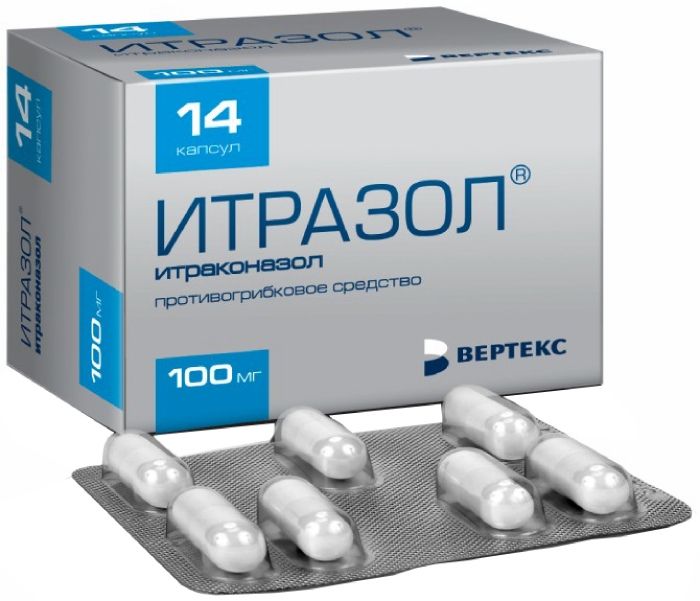

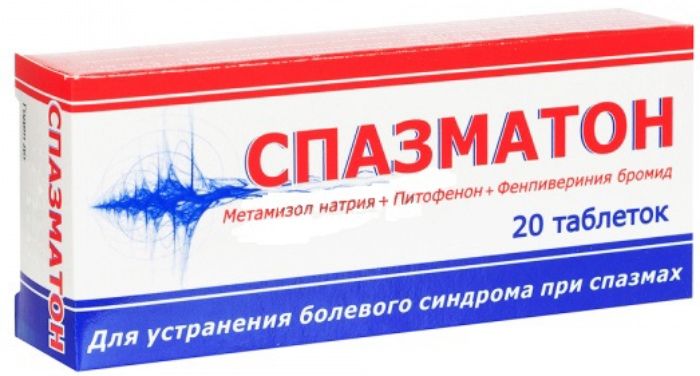
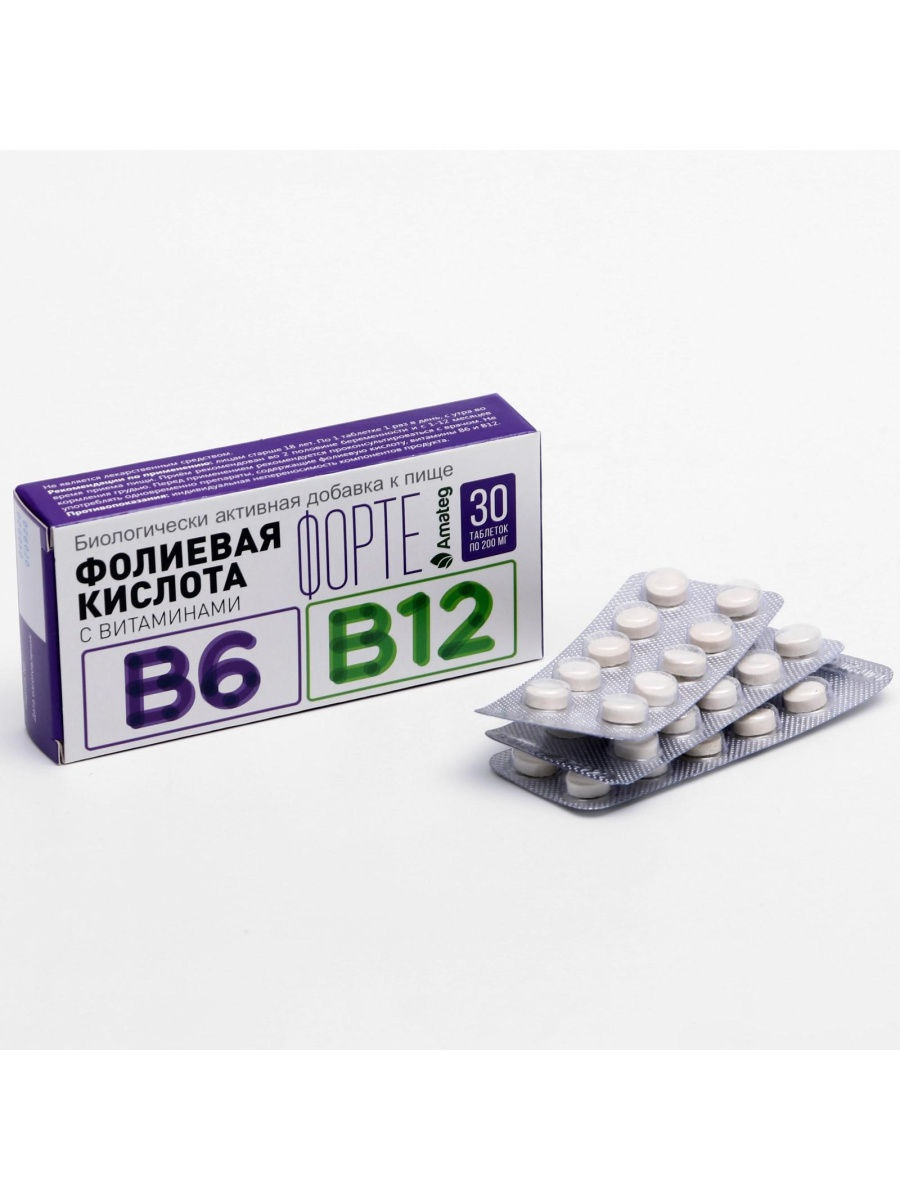
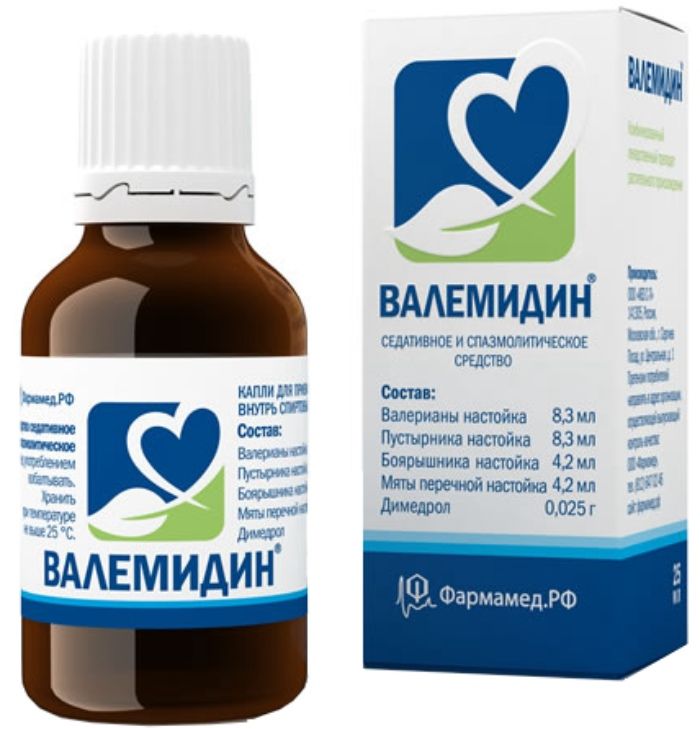
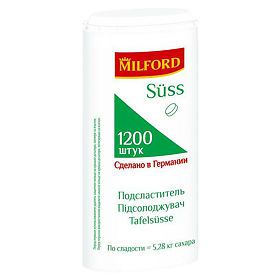


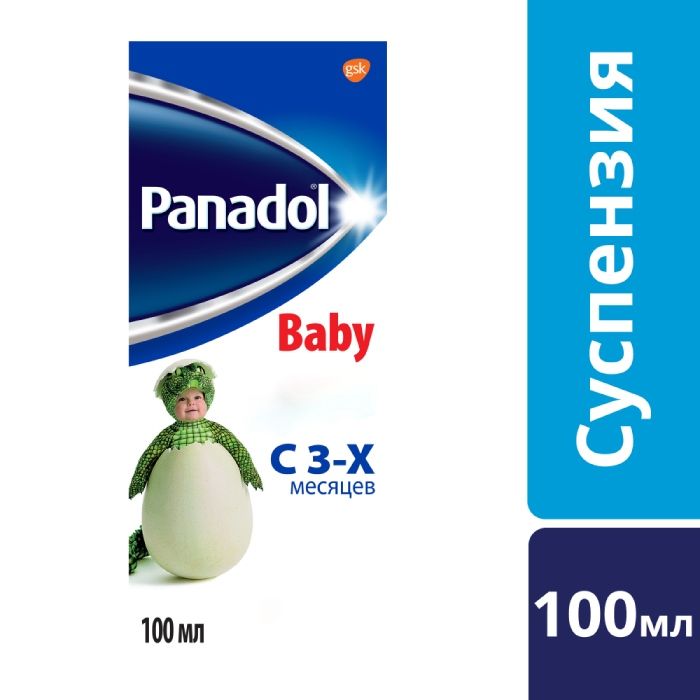




There are no reviews yet.